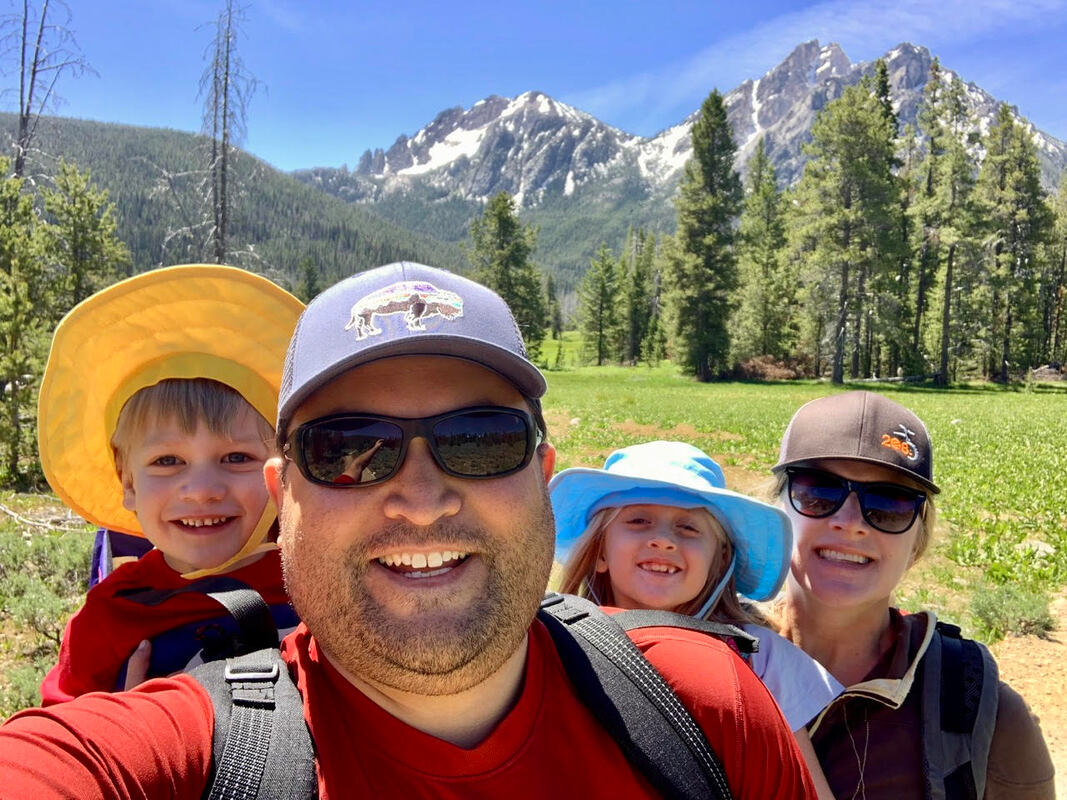I marvel at the way that terrestrial vegetation couples the global water, energy, and carbon cycles. Right now, amidst the global COVID-19 pandemic, I’m preparing a few short video lectures for my sophomore-level students in Water in the West aimed at illustrating how evapotranspiration connects these three global cycles and underscoring how fascinating that is. Here’s the link to the playlist, for those interested. To me, the first time I saw that in Fatih Eltahir’s hydrology class my mind was blown. It’s something really profound and underscores the centrality of ecohydrology in a changing climate.
I’m also fascinated by the ways and mechanisms through which humans influence those cycles through water and land management activities. A lot of my contemporary work involves modeling human activities in the landscape as dynamically coupled to natural systems and other humans. We seek to use modeling techniques like agent based models to allow human actors to directly influence the land by, for example, cutting down trees or diverting water and then to capture the ramifications of those actions in ways that can be “felt” by those human actors at a later time.
What are your undergraduate and graduate degrees in?
I got a BS in Civil Engineering from Colorado State, and then stayed for an MS in River Hydraulics from CSU. I did my PhD in Hydrology at MIT with Rafael Bras. In that time as a graduate student I was very fortunate to be exposed to amazing classes that included aquatic ecology, all kinds of fluids and hydrology classes, plant physiology, geomorphology, and also data assimilation and modeling.
How did you arrive at working in/thinking about ecohydrology?
As an MS student with Brian Bledsoe I became fascinated with the classical papers of Hack (1957) and Hack and Goodlett (1960) on the influence of vegetation on landforms. At the time, my work focused on trying to investigate watershed-scale indicators of topography, vegetation, land use history, and soils/lithology that might provide insight to reach-scale ecosystem form. It was work oriented towards providing a template for providing geomorphic and ecological context for stream habitat assessments.
When I was at MIT I was amidst colleagues like Valeriy Ivanov and Daniel Collins were really trying to push the envelope in modeling some key complexities like the influence of hillslope asymmetry on vegetation and water, energy, and nutrient cycles. That was really when I developed an appreciation for models as not simply tools to predict outcomes, but as tools to explore the ramifications of our state of knowledge – to be able to use models to actually reveal things about how the world works that we should be able to observe in nature.
What do you see as an important emerging area of ecohydrology?
I think better integrating and representing in models the ways that humans influence ecohydrologic systems and the way that those systems respond and ultimately influence human behavior. I see this as critical for ultimately allowing us to manage ecosystems in a changing world, as well as a mechanism to allow us to provide better information to land and water managers.
Do you have a favorite ecohydrology paper? Describe/explain.
Again, Hack (1957) and Hack and Goodlett (1960) were really so influential for me. I read them as an MS student in the way that some people read On the Road by Jack Kerouac. As a PhD student the sequence of three papers Plants in water-controlled ecosystems: active role in hydrologic processes and response to water stress by Ignacio Rodriguez-Iturbe, Amilcare Porporato, Francesco Laio, and Luca Ridolfi were sort of the epicenter of discussion amidst many of my cohort at the time. More contemporarily, I’m a big fan of my friend Abby Swann’s work. She just has such elegantly designed numerical experiments.
What do you do for fun (apart from ecohydrology)?
Living in Boise and being an Earth scientist, I love the outdoors. The foothills are minutes away on my bike and Idaho’s wilderness only a couple hours away by car. I enjoy introducing my wife and my two little humans to nature and the Earth.

 RSS Feed
RSS Feed